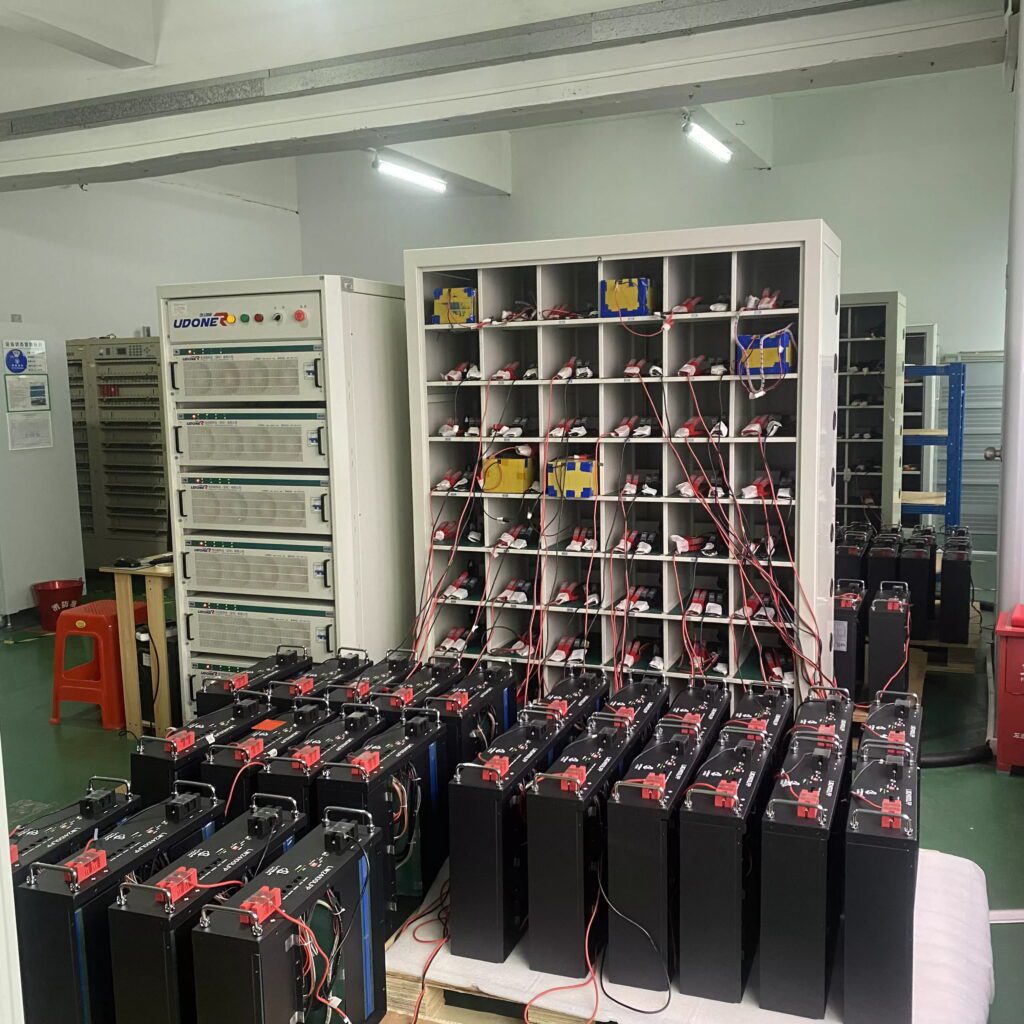With the rapid development of the social economy, secondary batteries are efficient, clean, and pollution-free. Lithium-ion batteries have distinct advantages in terms of cycle life, energy density, power density, and environmental friendliness.
There is a difference between the designed capacity and the actual capacity of the battery, and the battery will have a short board effect when it is assembled; in order to make the battery pack have the best capacity and longer service life, it is necessary to find a battery with similar capacity when matching. The batteries are assembled; therefore, the actual capacity of the cells must be tested by dividing the capacity.

- Why need capacity matching?
Even the single cell produced in the same batch, although the size is the same, the capacity and parameters of a single battery will be different, and these differences will lead to the appearance of battery imbalance.
How do maintain the consistency of the lithium iron phosphate battery?
One of the very important steps is capacity matching.
- What is capacity matching?
The simple understanding is capacity sorting and grouping.
When the LiFePO4 battery cells are on capacity testing, the data of each detection point is obtained through computer management, so as to analyze the data such as the capacity and internal resistance of these batteries.
The battery cell is qualified only if the tested capacity meets or exceeds the nominal capacity.
If the capacity does not reach the specific capacity, or the quality has problems, it will be picked out.
- What does Gobel do to match the LiFePO4 cells?
The LiFePO4 cells with very similar technical parameters are allocated into the same group from the below points.
*Matching capacity: sort by capacity and assign the cells with the smallest capacity difference to the same group.
*Measure the voltage: balanced and same voltage cells for one pack.
*Check and Measure the internal resistance: same IR cells for one pack.
Before the battery is built, it is important to ensure all the LiFePO4 cells are matched – in capacity rating, voltage, and internal resistance – and will also be balanced after manufacturing.
Only the battery packs with a very similar consistency of multiple cells can improve the usage efficiency and prolong the service life of the battery packs during use.
- What will happen if there is no matching?
If the capacity is not divided, the capacity of the cells will be different.
When the assembled lithium iron phosphate battery is discharged, some lithium iron phosphate batteries have been discharged, and some are still charged, which will cause damage to the lithium iron phosphate battery.
When the battery pack is used for a certain period of time, there will be insufficient capacity. The energy storage product is the lack of standby time, the power product is the lack of mileage, and the performance decays too fast Most of them are caused by poor control of cell consistency matching!
This is also something that cannot be tested in the factory test of the lithium battery packs in the early stage.

